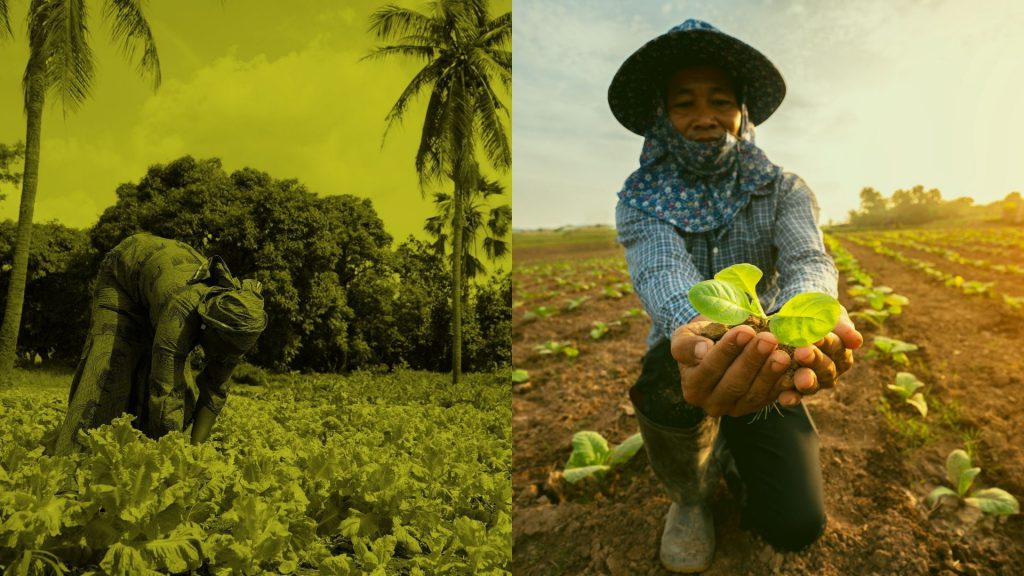Measurement areas
- Governance & Strategy
- Genetic Resources
- Intellectual Property
- Research & Development
- Seed Production
- Marketing & Sales
- Capacity Building

The Access to Seeds Index is now part of the World Benchmarking Alliance. All indexes up to 2020 can be found here. New indexes and methodologies are published on the website of the WBA.
Stay here worldbenchmarkingalliance.orgThe Access to Seeds Index evaluates leading seed companies with an integrated seed business model (including breeding, production and distribution) and activities in food crops. The selection of global companies is based on seed revenues, presence and portfolio, while the selection of regional companies is the result of landscaping studies of national seed sectors to identify leading companies in each region. The methodology development is overseen by expert review committees, composed of global experts and experts from the regions.
The 2019 Access to Seeds Index for Global Seed Companies is comprised of 13 globally active seed companies. Evaluation of company performance is based on publicly available information as well as information provided through active company engagement. Three-quarters of the selected companies disclosed additional data via a questionnaire. The index therefore offers insights not yet available in the public domain.
The index is a relative ranking, which compares companies with each other rather than against an absolute, ideal state. As such, companies set and raise the bar. The index uses a weighted scorecard approach to measure and compare company performance. A total of 59 indicators are grouped in seven measurement areas. Each measurement area has four categories of indicators: Commitment, Performance, Transparency and Leadership. A company’s overall score is the weighted sum of the scores in each measurement area.